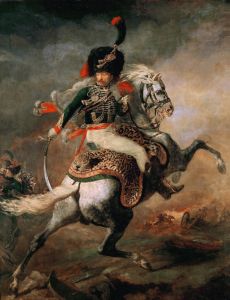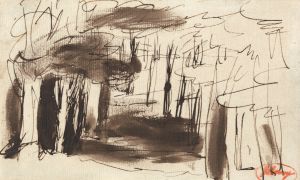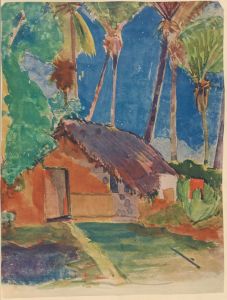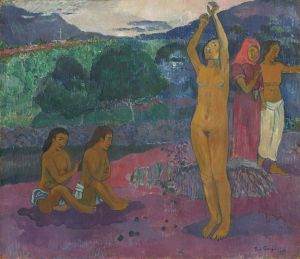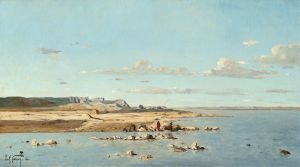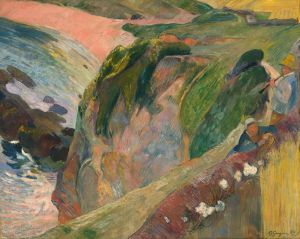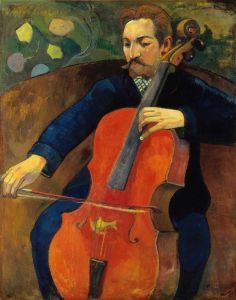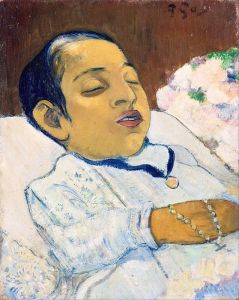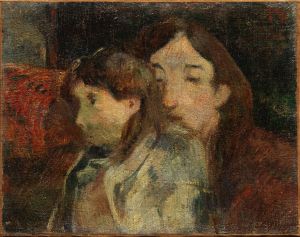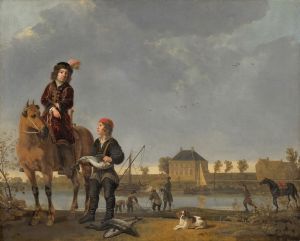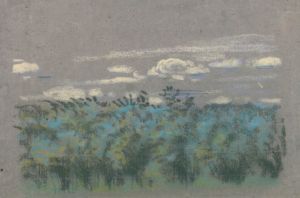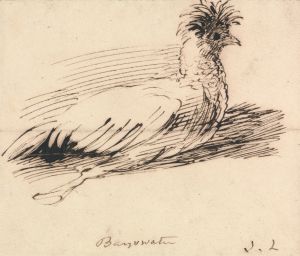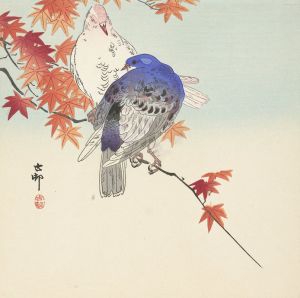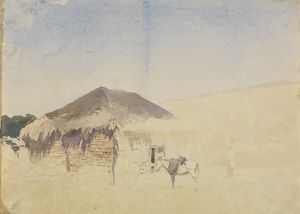
Landscape with a Horse
A hand-painted replica of Paul Gauguin’s masterpiece Landscape with a Horse, meticulously crafted by professional artists to capture the true essence of the original. Each piece is created with museum-quality canvas and rare mineral pigments, carefully painted by experienced artists with delicate brushstrokes and rich, layered colors to perfectly recreate the texture of the original artwork. Unlike machine-printed reproductions, this hand-painted version brings the painting to life, infused with the artist’s emotions and skill in every stroke. Whether for personal collection or home decoration, it instantly elevates the artistic atmosphere of any space.
"Landscape with a Horse" is a painting by the renowned French post-impressionist artist Paul Gauguin. Created in 1899, this work is part of Gauguin's Tahitian period, during which he sought to capture the essence of the South Pacific islands and their inhabitants. This period is marked by Gauguin's departure from European artistic conventions and his exploration of bold colors, simplified forms, and symbolic content.
The painting depicts a serene landscape featuring a horse, a common motif in Gauguin's Tahitian works. The composition is characterized by its vibrant color palette and the use of flat, unmodulated areas of color, which are hallmarks of Gauguin's style during this time. The horse is positioned in the foreground, set against a backdrop of lush vegetation and distant mountains, evoking the idyllic and exotic nature of the Tahitian landscape.
Gauguin's time in Tahiti was driven by his desire to escape European civilization and find a more "primitive" and pure way of life. This quest is reflected in his art, where he often depicted the local people, landscapes, and culture with a sense of idealization and romanticism. "Landscape with a Horse" embodies this vision, presenting a harmonious and tranquil scene that contrasts with the industrialized world Gauguin left behind.
The painting also reflects Gauguin's interest in symbolism and the spiritual aspects of art. The horse, a recurring element in his work, can be interpreted in various ways, potentially symbolizing freedom, strength, or the connection between humans and nature. Gauguin's use of color and form further enhances the symbolic nature of the painting, inviting viewers to engage with the work on a deeper, more introspective level.
Gauguin's influence on modern art is significant, as his innovative use of color and form paved the way for future movements such as Fauvism and Expressionism. His Tahitian paintings, including "Landscape with a Horse," are celebrated for their bold departure from traditional European art and their exploration of new artistic possibilities.
Today, "Landscape with a Horse" is held in high regard as an example of Gauguin's mature style and his contributions to the post-impressionist movement. The painting is housed in the Pushkin Museum in Moscow, where it continues to be appreciated by art enthusiasts and scholars alike. Gauguin's work remains a testament to his enduring legacy and his quest to capture the beauty and mystery of the world around him.





